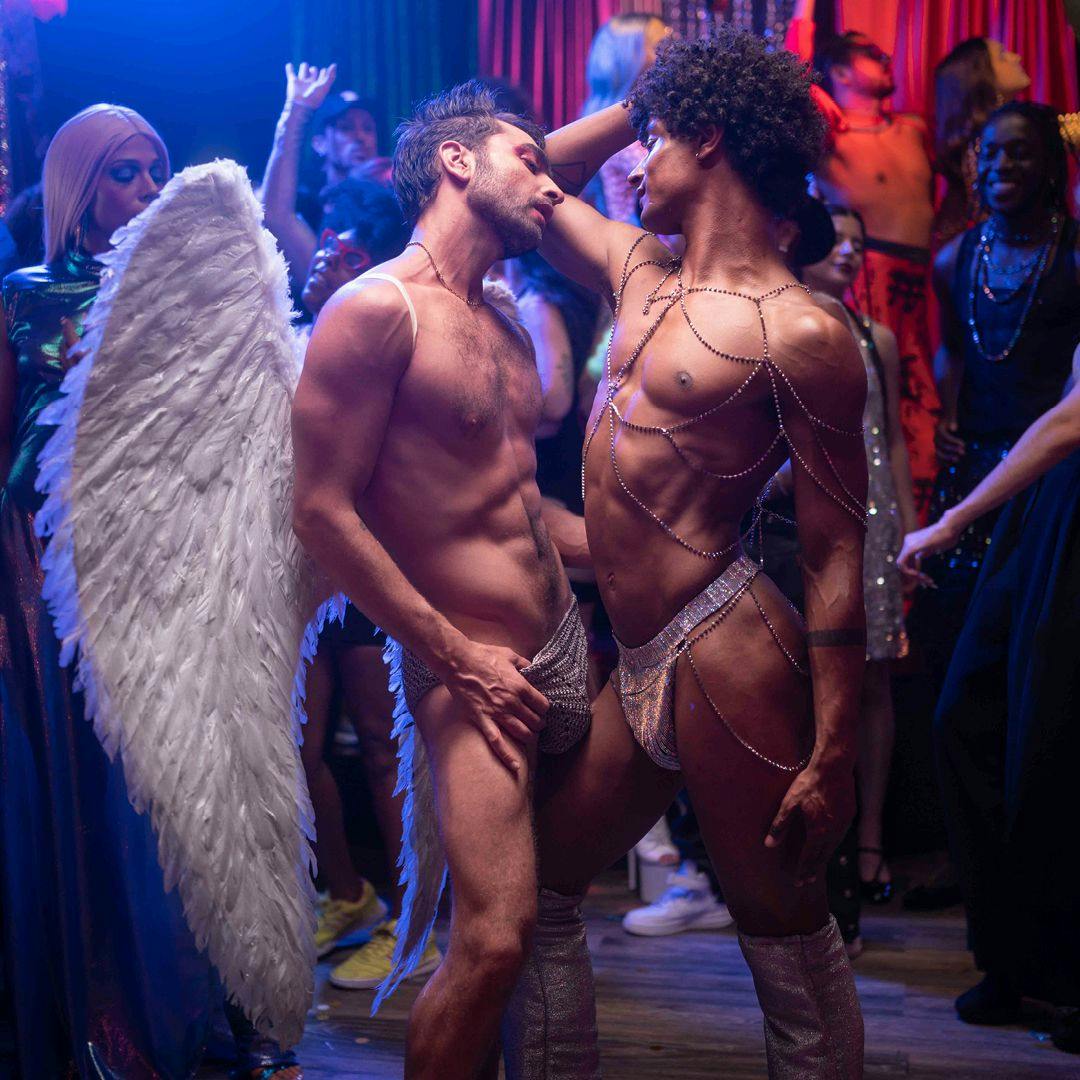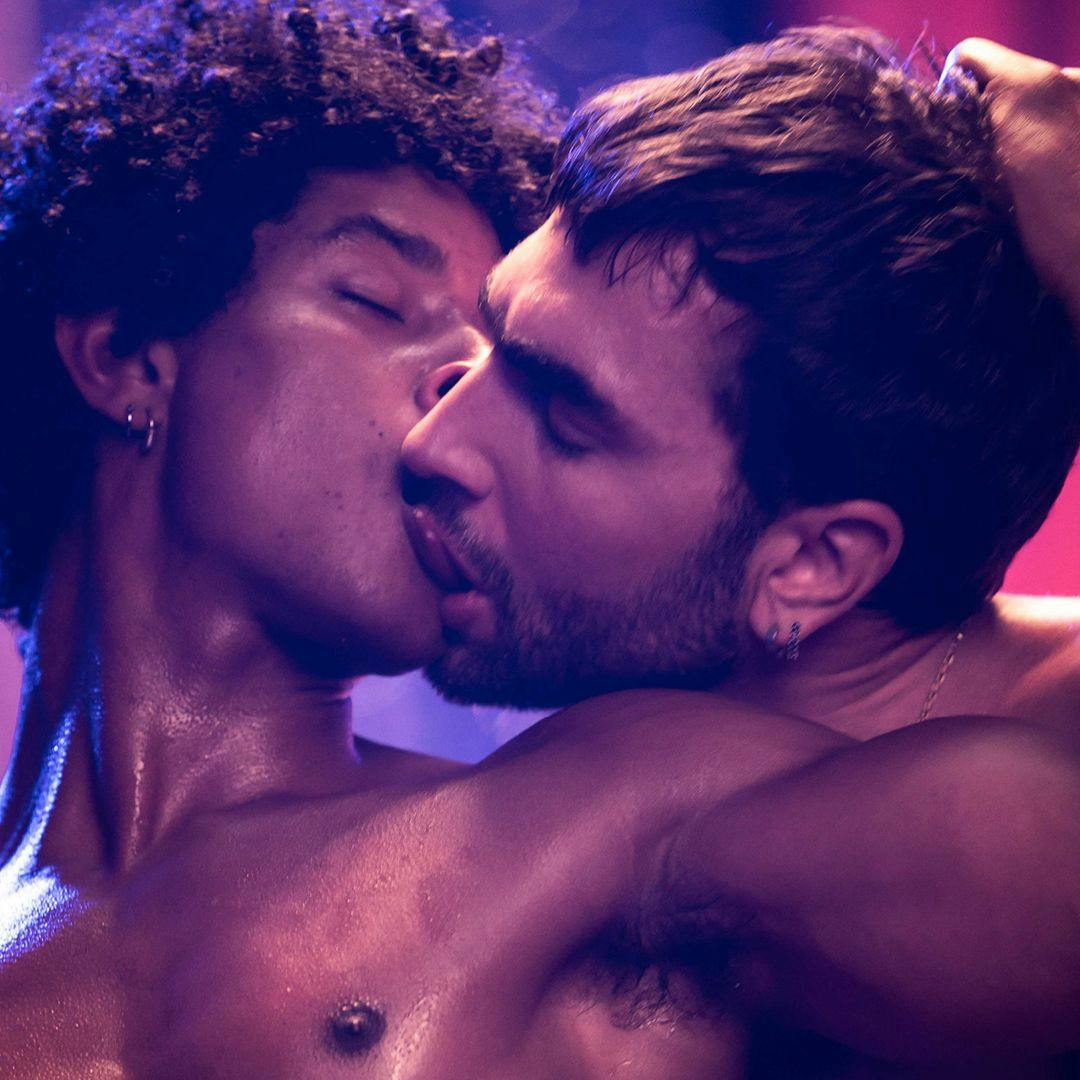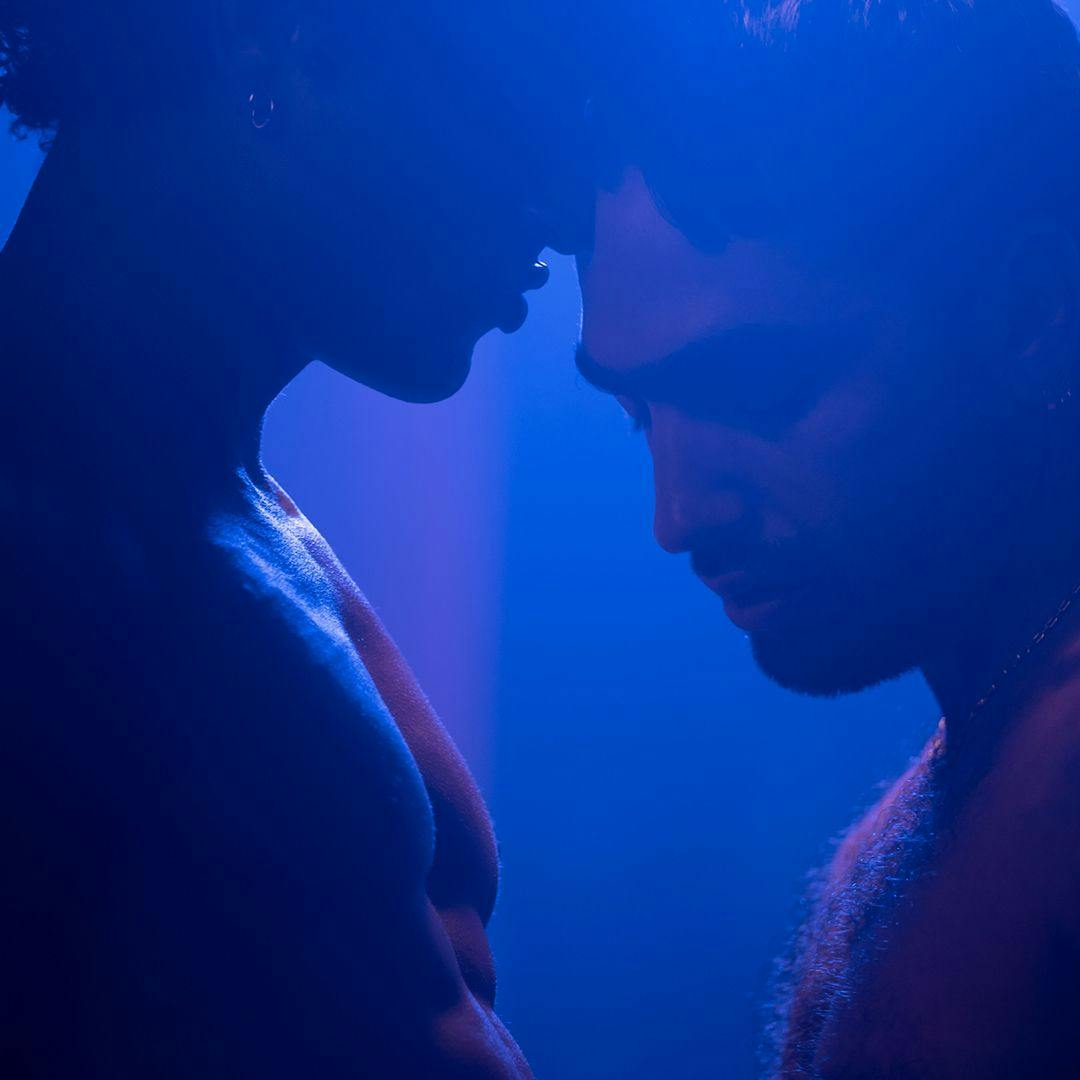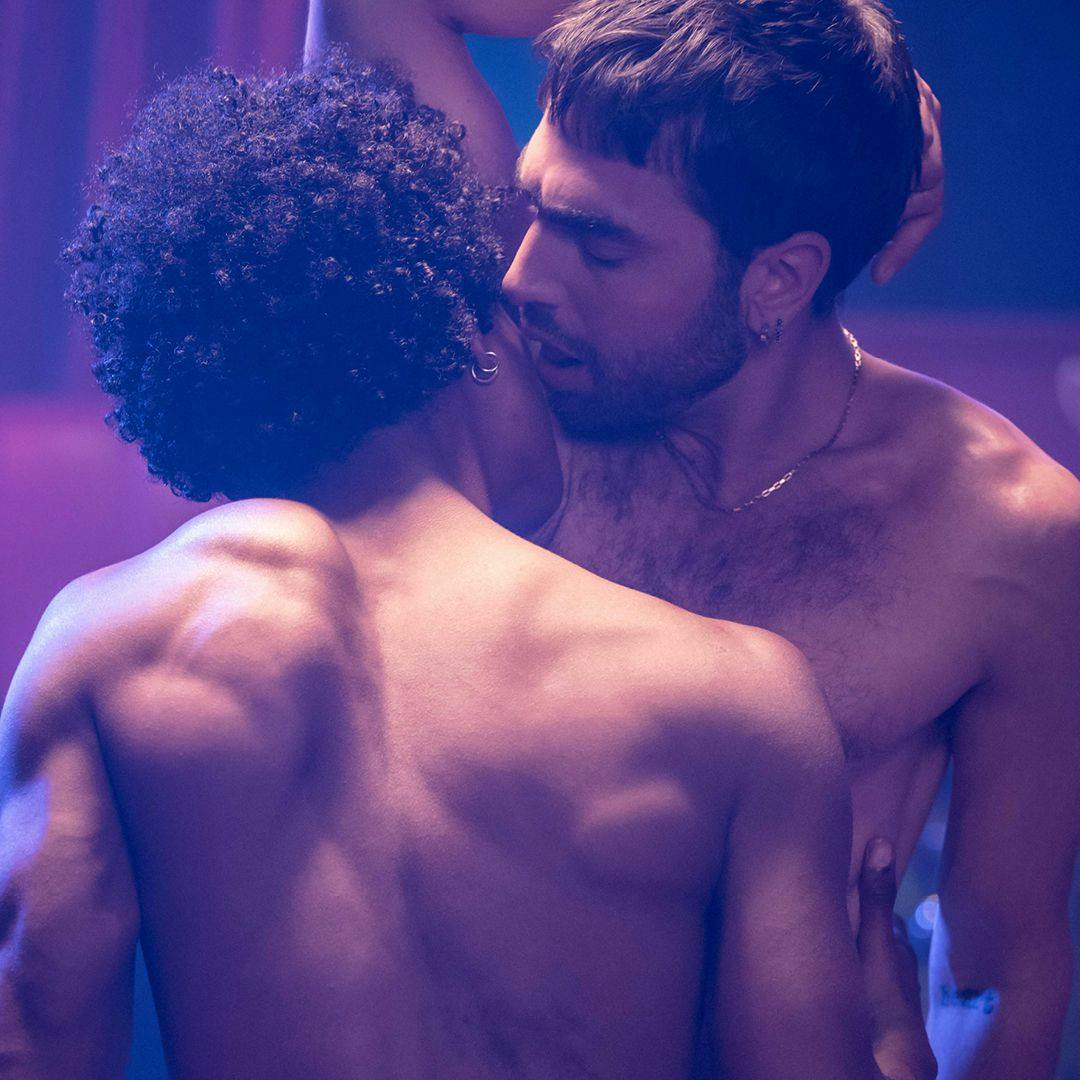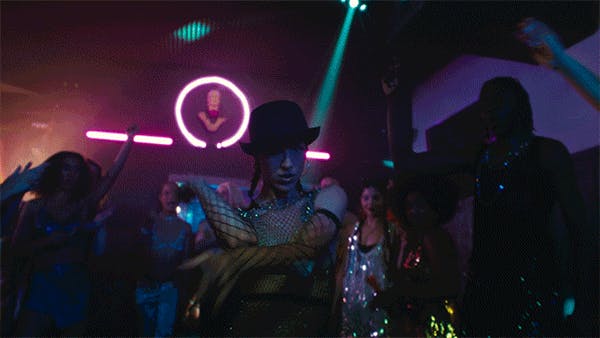CATBOY a New Release on XConfessions
CATBOY a New Release on XConfessions
Empowerment and Expression for LGBTQ+ Youth
Empowerment and Expression for LGBTQ+ Youth
Who hasn't fantasized about being brave enough to parade naked and free on a catwalk and still feel sexy? Without fear of being too masculine or too feminine. I've always been fascinated with ballrooms, and finally, I was invited to one…
— By ballroom life
—Read the full confession that inspired this film by ballroom life on XConfessions
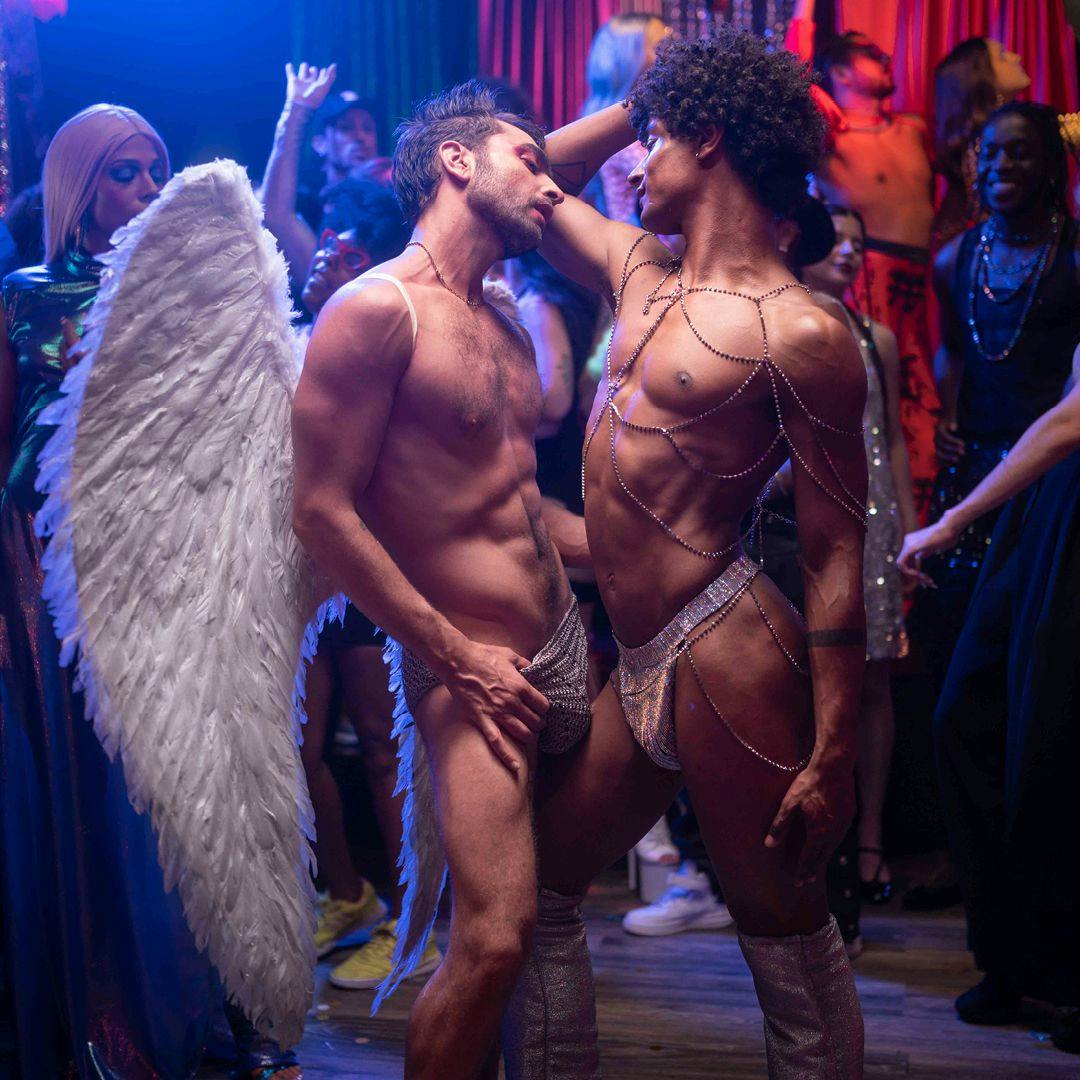
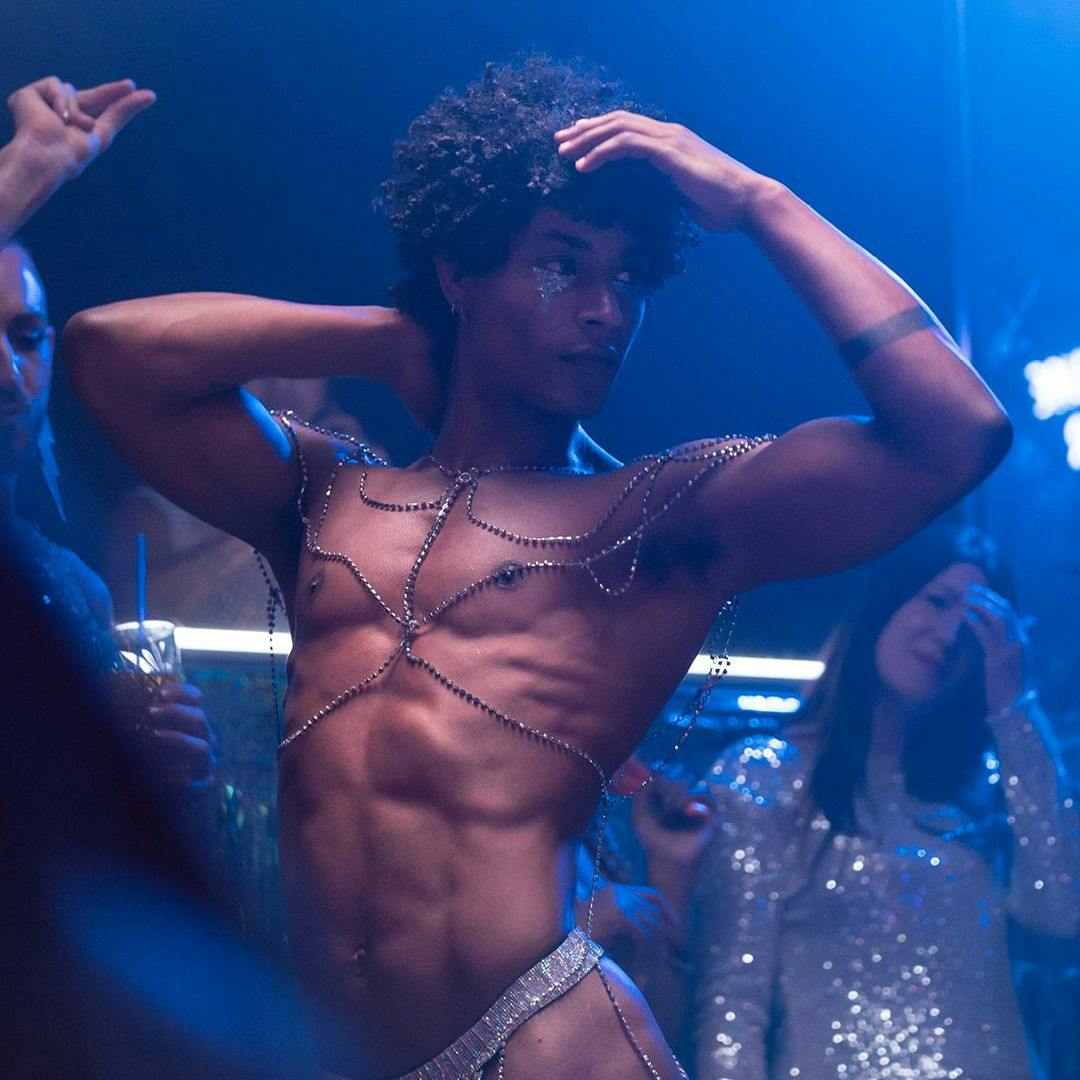

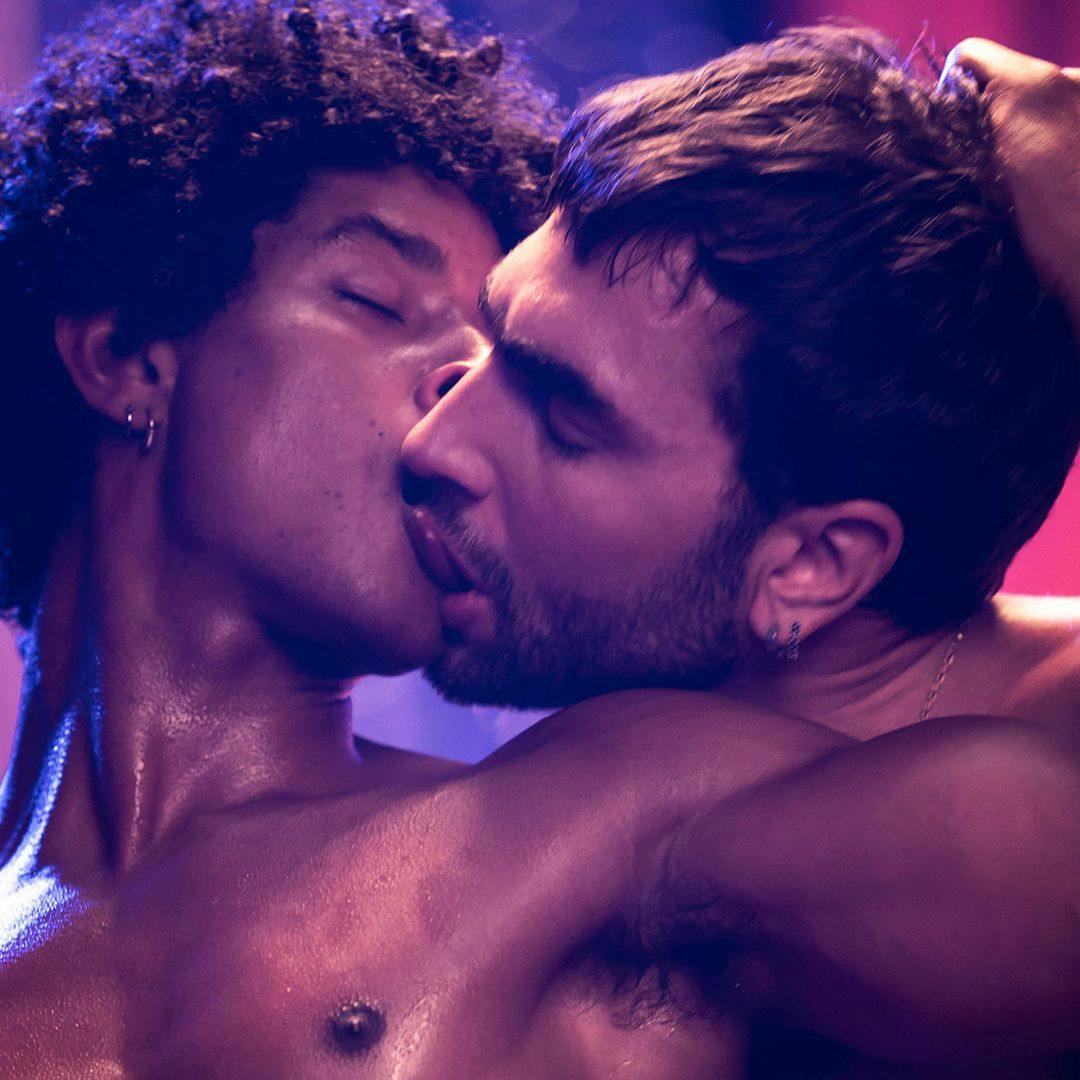
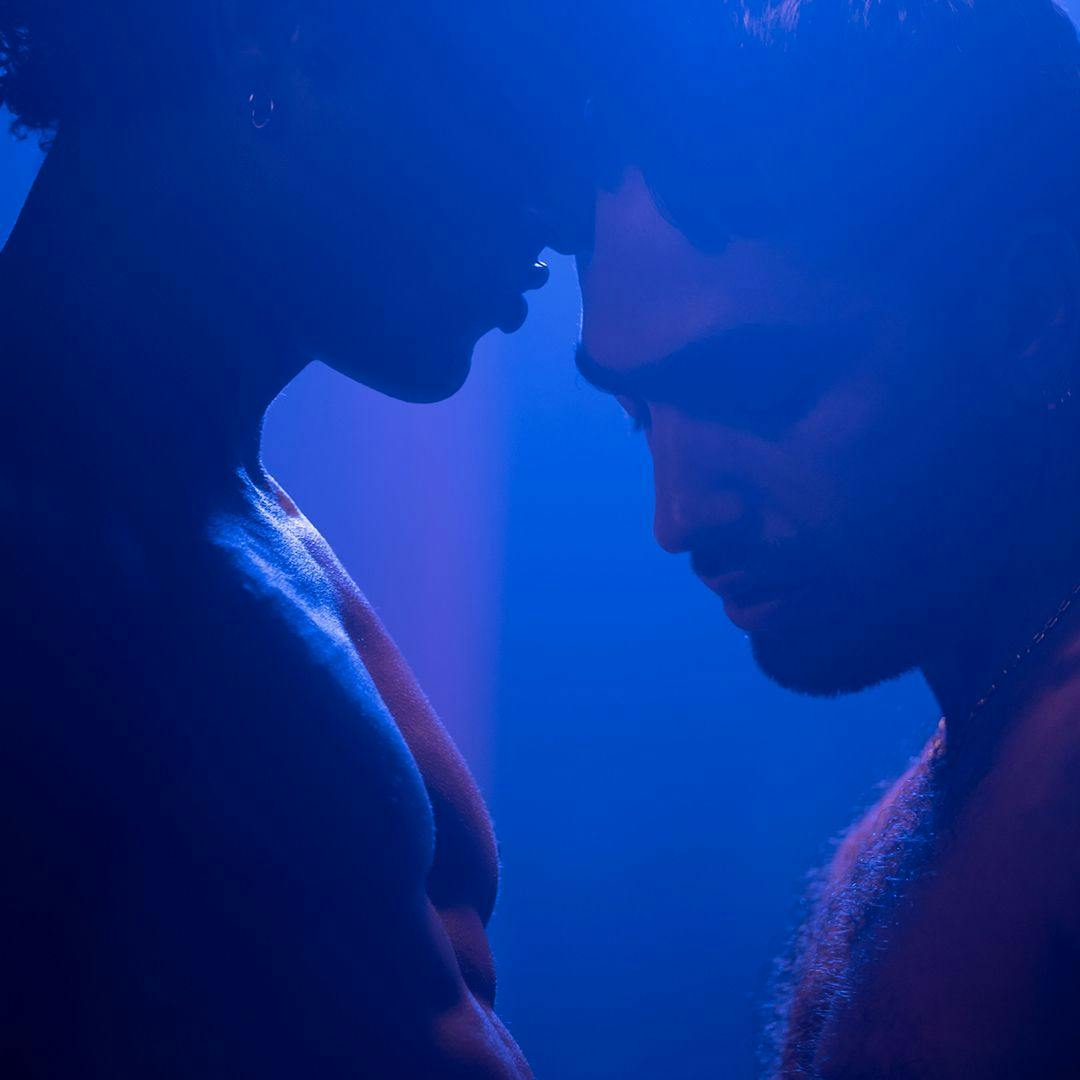

Just as Marc finds a safe space on the catwalk, away from the intolerance he encounters in his daily life, the ballroom scene originally emerged as a refuge for queer BIPOC youth to escape from the discrimination they faced in their everyday life. An art form with many layers - performance, fashion, sex, social protest, ballrooms -and kikis, a derivative - build an alternate realm where participants of all identities finally have the freedom to express their sexuality in all of its complexity and creativity.
CATBOY takes you to a real-life dreamland, the world of ballroom. Marc, invited by his friend Cacao, discovers a magical space for his first-time ballroom event. He meets a vibrant and loving community - including the stunning Leo, a participant in the CATBOY Sex Siren category - and experiences it as a beautiful haven away from the negative comments and attitudes he receives on dating apps.
Starring (Panterino) as Marc, and (Javi des Leon) as Leo, with the presence of (Cacao) as Cacao, discover the dazzling ballroom scene and the fantasies it induces.
If modern ballroom as we know it was developed in the late 1960s/early 1970s, you may be surprised to find that it finds its roots in earlier cultural movements. It all started in the post-Civil War era when the Hamilton Lodge No. 710 in Harlem hosted drag balls with a wide range of participants from different backgrounds, races, and sexual orientations. In the 1920/1930s, the Harlem Renaissance took place: and as African-American art, literature, and thought flourished, so did the drag balls events, as they grew to welcome thousands of participants. However, despite the popularity of the events and the diversity of their attendees, they would also face a lot of repression from police forces persecuting expressions of drag and queer culture, which eventually led to a small decline in the drag balls.
In 1967, in one of the major beauty contests, Crystal Labeija, an African-American drag contestant, blamed the jury’s racial prejudices for leading them to choose a white contestant over her. Her anger at the racial discrimination faced in the pageant would be echoed by numerous BIPOC participants in the drag ball circuit.
Also influenced by the sexual revolution and the Stonewall riots, Crystal Labeija and her friend Lottie then decided to form a drag ball for specifically black queens, presenting in 1972 “The 1st Annual House of LaBeija Ball” in Harlem - and the House of Labeija was born as the first ballroom house. It was a roaring success among the predominantly Black and Latinx attendees.
Houses emerged into kinship structures, becoming families - with a “house mother” and “house father” who would provide guidance and home to the “children”: younger members often exiled from their communities as a result of their queer identities. Prada from the House of Escada in Detroit noted, “Houses provide a source of family nurturing that a lot of kids often don’t get at home.”
Following the House of Labeija, many other houses popped up in 1970s New York. Drag queens and kings developed ballroom dancing into an art form of its own right, playing with the display of beauty and gender. With glamorous hair, makeup,, and outfits, they put on a show, codifying a dance style, attitude, and and fashion. This led to “voguing” - as composed of a variety of elements, as in any performance discipline - the catwalk, the duckwalk, spinning, bussey, etc.…
As it evolved as an art form - from the “Old Way” to the “New Way,” involving a change in the movements and conventions, ballroom and voguing gained more and more traction, coming into mainstream culture with Madonna’s Vogue song in 1990 and Jennie Livingston’s iconic Paris is burning film.
Despite the controversy it prompted, Paris is burning was especially lauded for shining a light on the many injustices that ballroom participants experience, from AIDS to homelessness, poverty, homophobia, and racism. The interviewees reveal the variety of violence they experience: some are rejected by their families, others forced into sex work, or attacked in the streets. The film shows how the ballroom scene can offer a refuge from these struggles and fears.
In 2002, emerged “kikis” - a more informal, less competitive subset of ballroom events that would aim to support LGBTQ Black and Latinx youth in the many battles that they continue to face. Kikis mirror the structure of balls and houses, with a house “mother” or “father” but with a focus on providing the “children” with services, information, and a safe space - all of which they might lack at home. With a dozen houses now all over New York, the kiki scene has built a community giving its members the freedom and safety to express their identity and creativity.
Today, the kiki scene has overtaken the ballroom scene as it highlights the prime and most crucial function of ballroom, which is to provide a safe space. It’s the best of both worlds. By narrowing down on the social aspect, kikis are able to make a more palpable difference in the communities by providing them with concrete and reliable resources and support. On the other hand, kikis offer a more informal, lighthearted, creative alternative to ballrooms, which allows newcomers to participate fearlessly - unafraid of the judging gaze from the outside world and of the “fierce competition” of fellow queens.
You can now find kikis everywhere across the world - from Spain to Eastern Europe, to China and Korea, to Latin America - and, as the 2016 documentary “Kiki” depicts it, the kiki and ballroom scene has evolved tremendously. It has integrated into mainstream culture, appearing everywhere, on Netflix’s Pose, HBO’s Legendary, and even Gaspar Noé’s Climax. Many of the ways we use words such as “slay,” “fierce,” “real,” and “shade” come to us from ballroom culture, and we watch and appreciate RuPaul’s Drag Race.
This becomes a double-edged sword. On the one hand, this growing attention towards kiki and ballroom is a positive step towards greater acceptance of the LGBT community. Yet, at the same time, it also presents the risk of overshadowing the issues still faced. Now that the kiki and ballroom scene remains as relevant as ever - let’s not forget its roots in a call for creative freedom and equality.
CTA: Watch CATBOY only on XConfessions
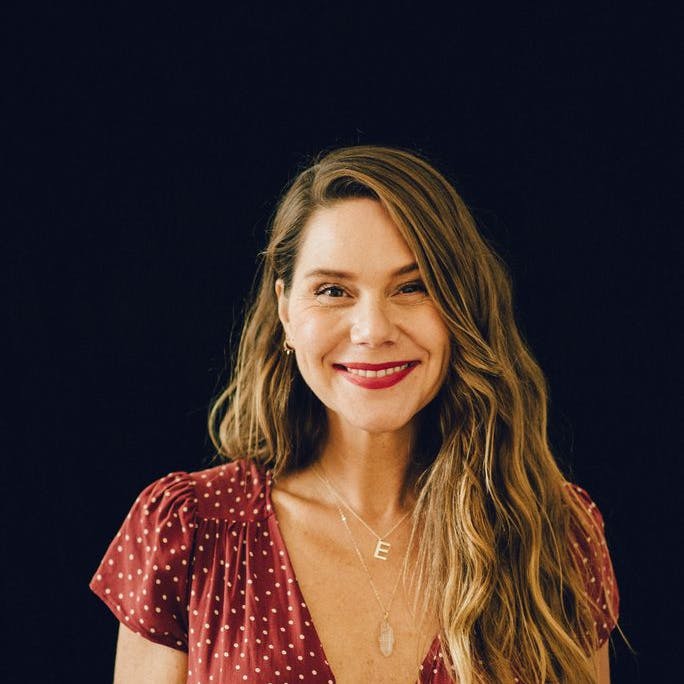
wrong page template
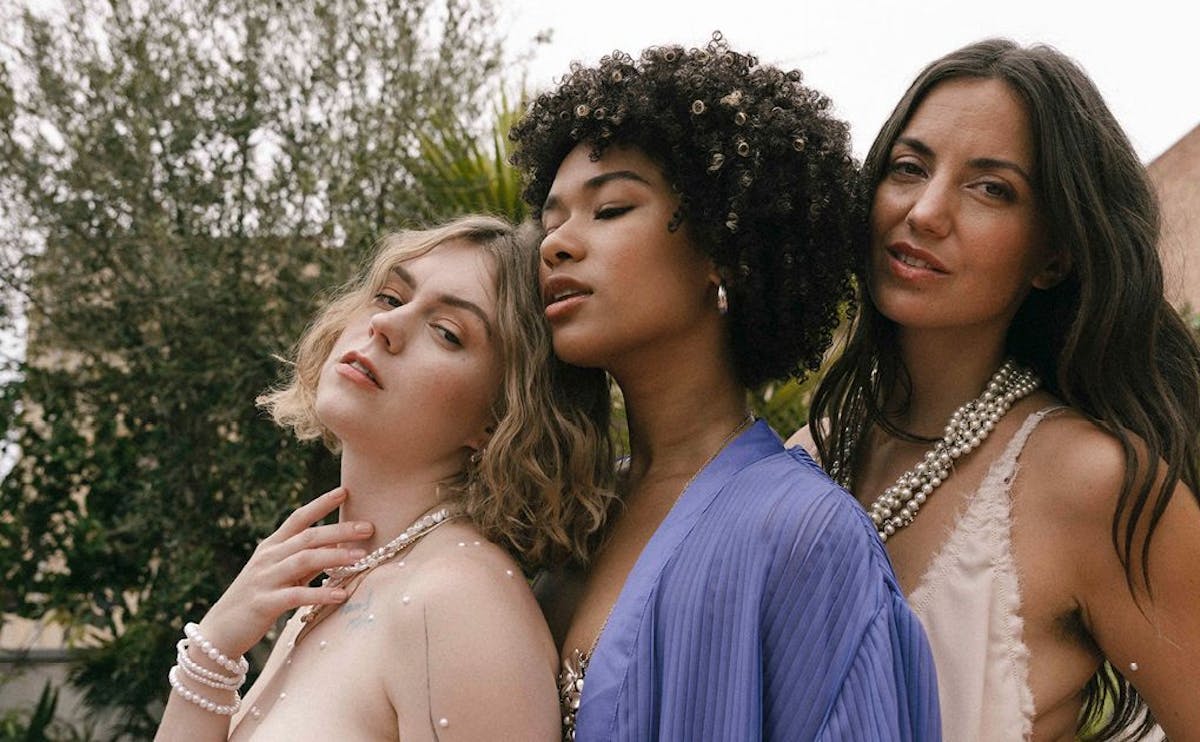
entertainment
Pussy Pearls
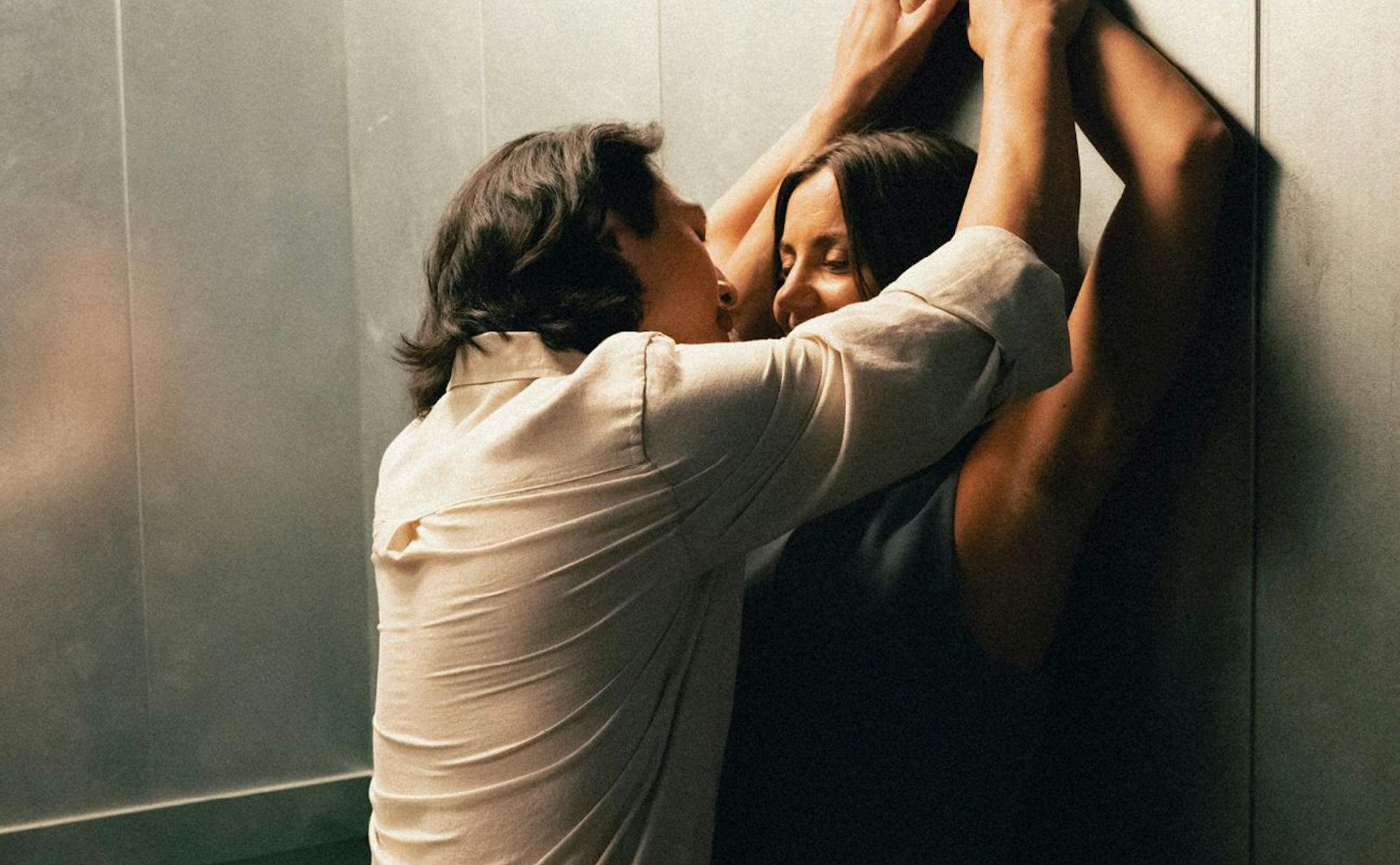
entertainment
Going Down
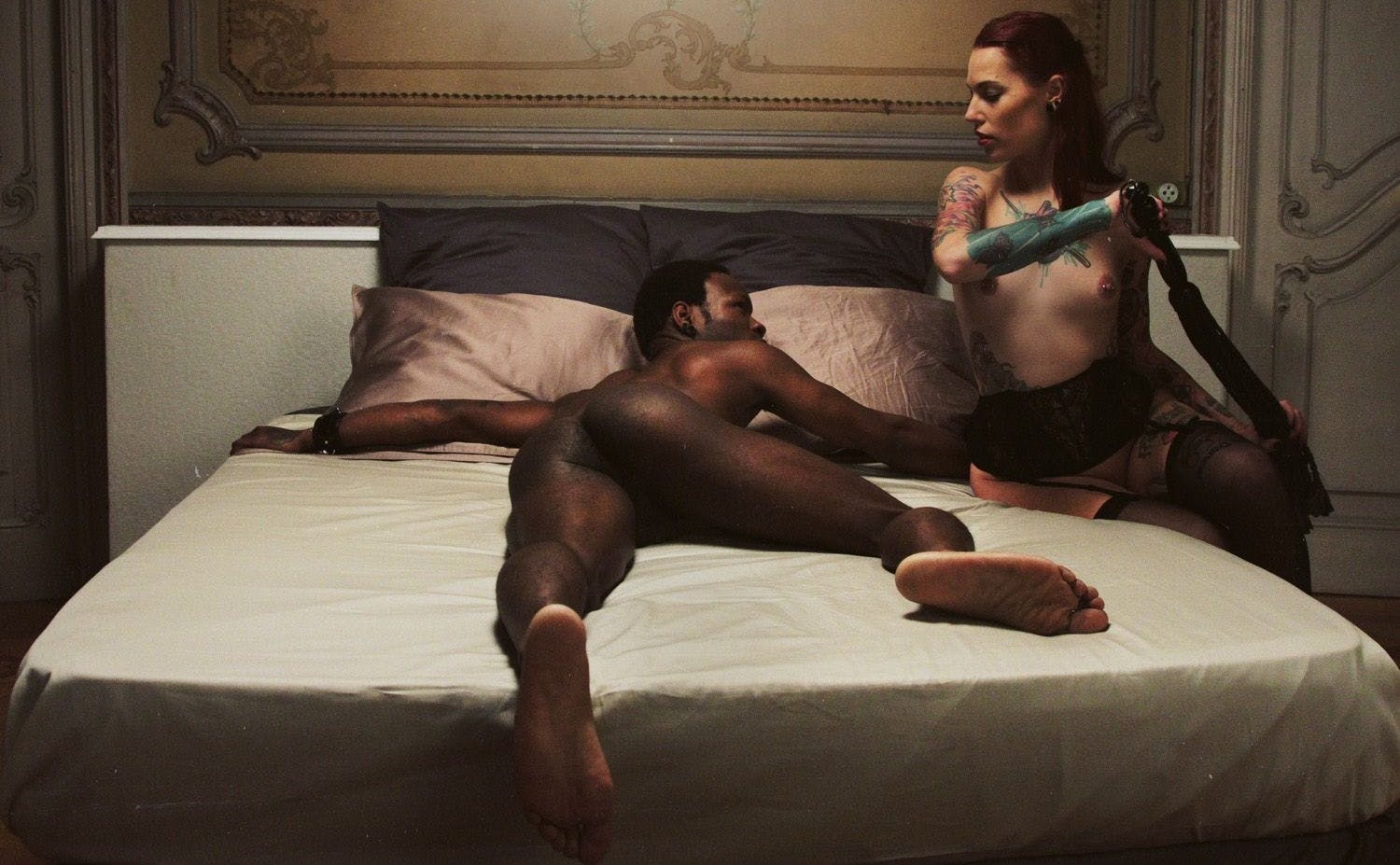
sex
Fetish & Submission from a Black Person’s Perspective
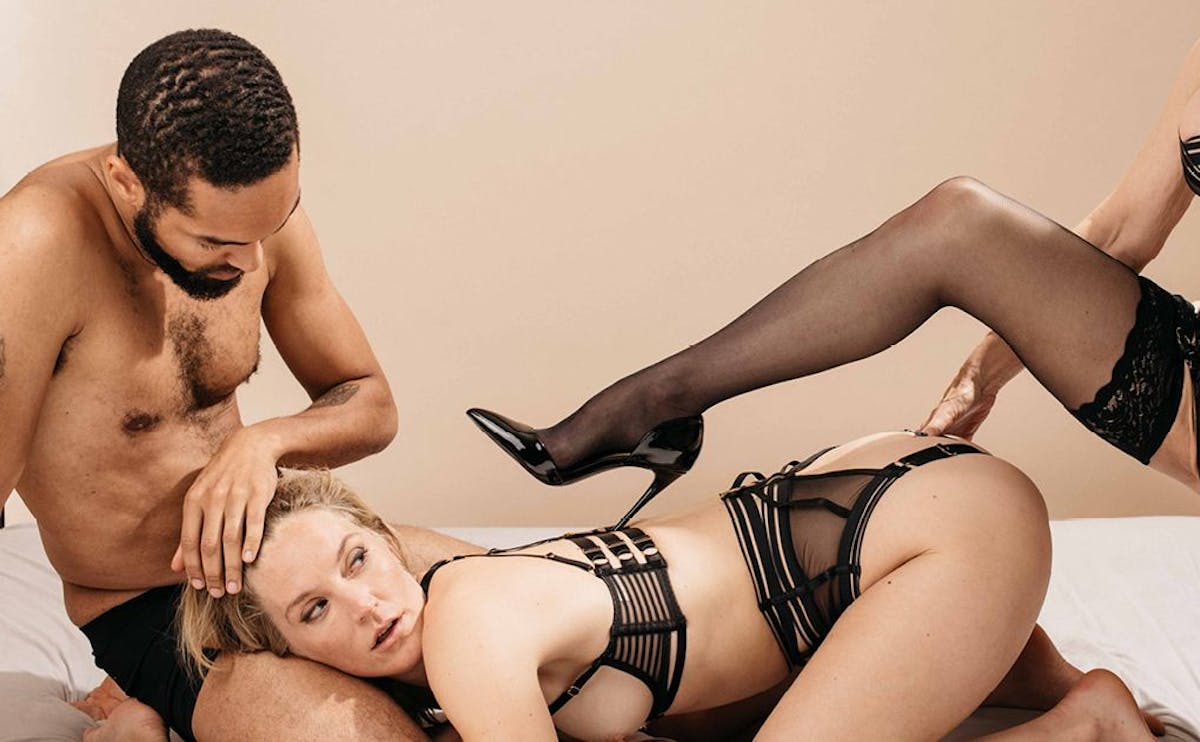
sex
Ready for Dominance and Submission?
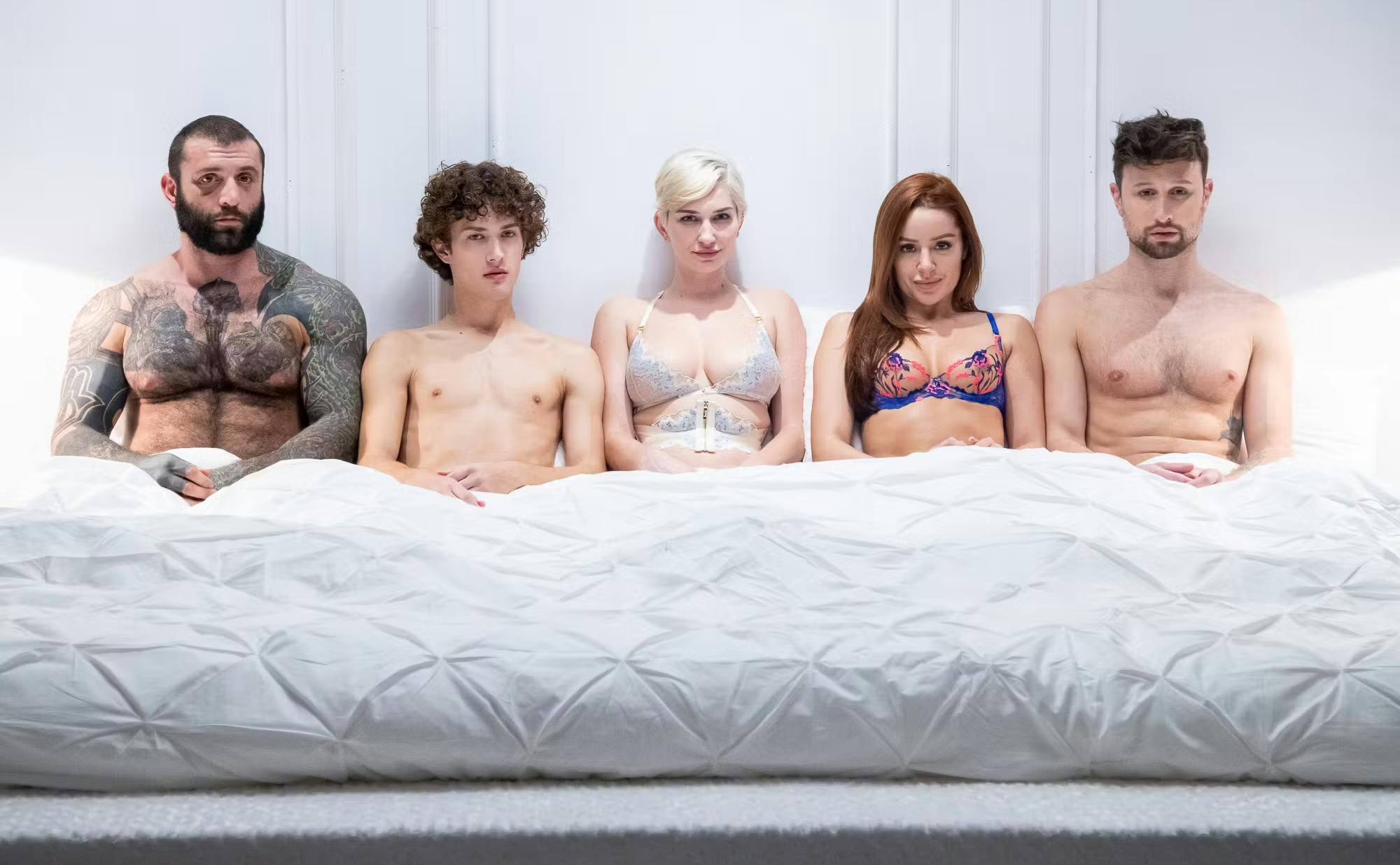
voices
Explorando la No Monogamia
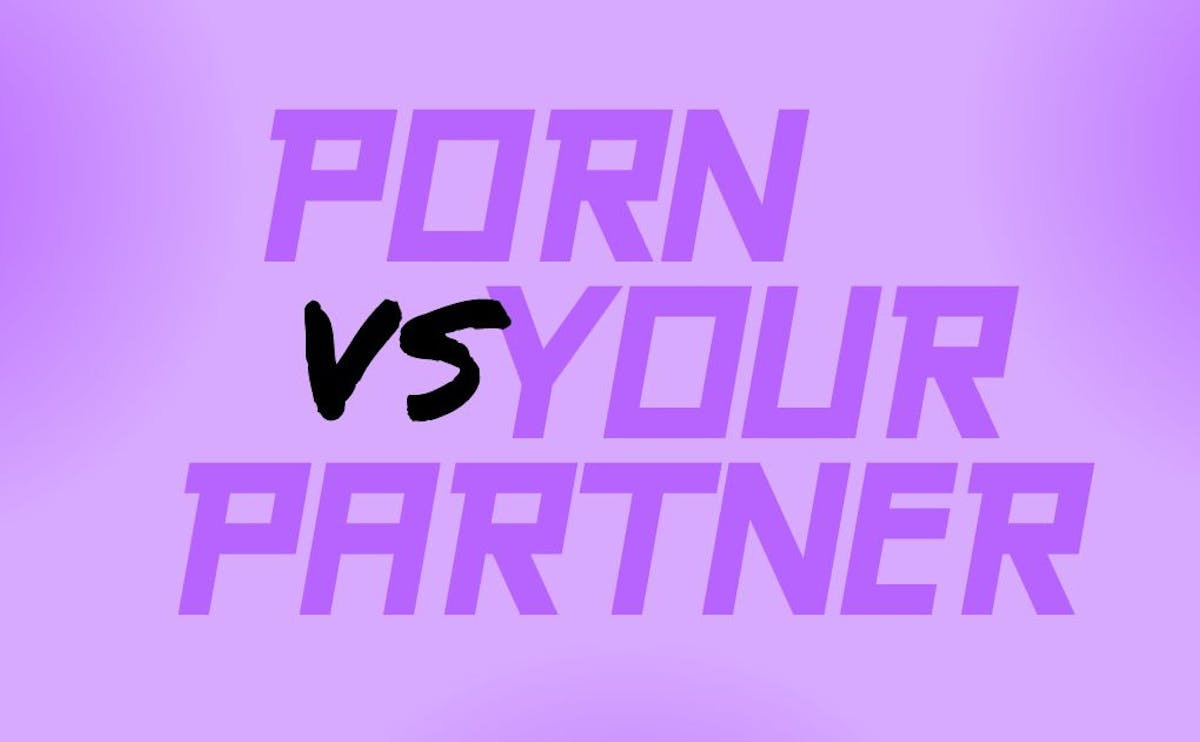
sex
Top 5 moves to not end up K.O.

sex
Getting the Most Out of Friends-With-Benefits

voices
Emerging Stronger
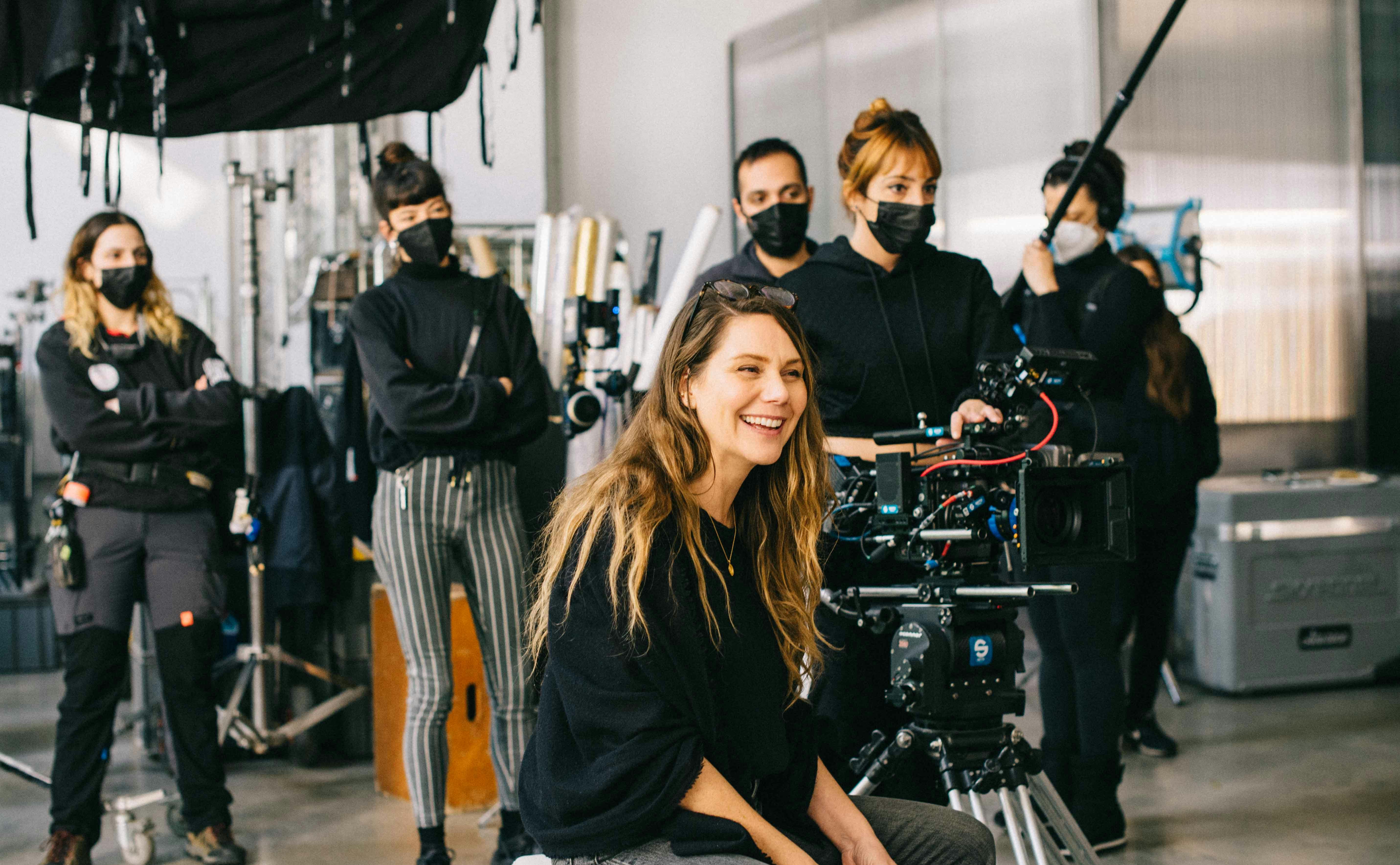
voices
Erika Lust Invites Le Haut Conseil to Ethical Porn Talk
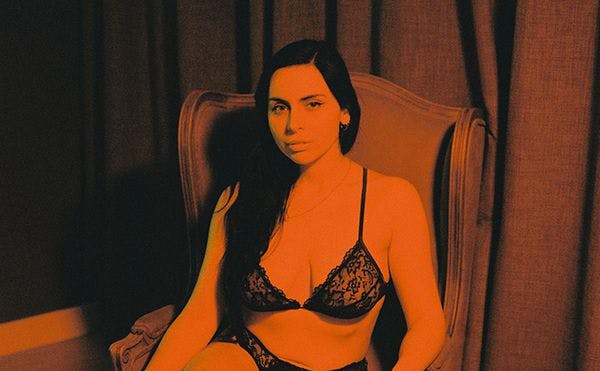
voices
How do you know if the porn you consume is ethical?
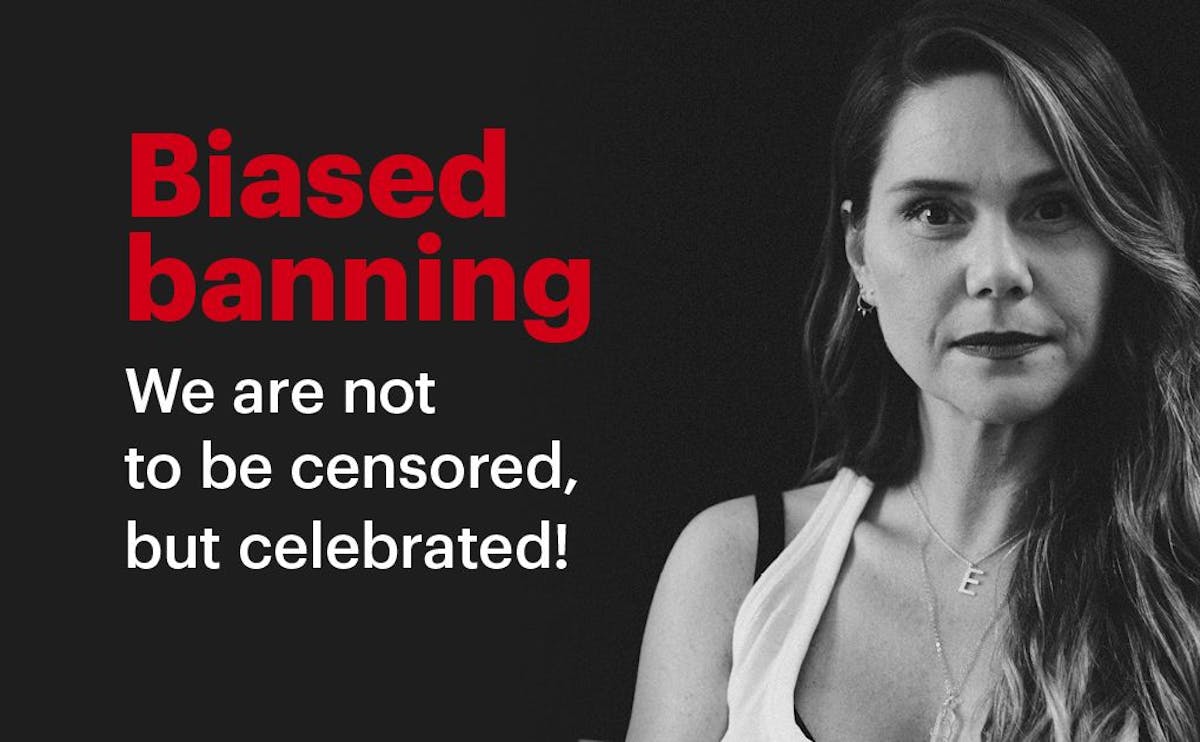
voices
Biased Banning
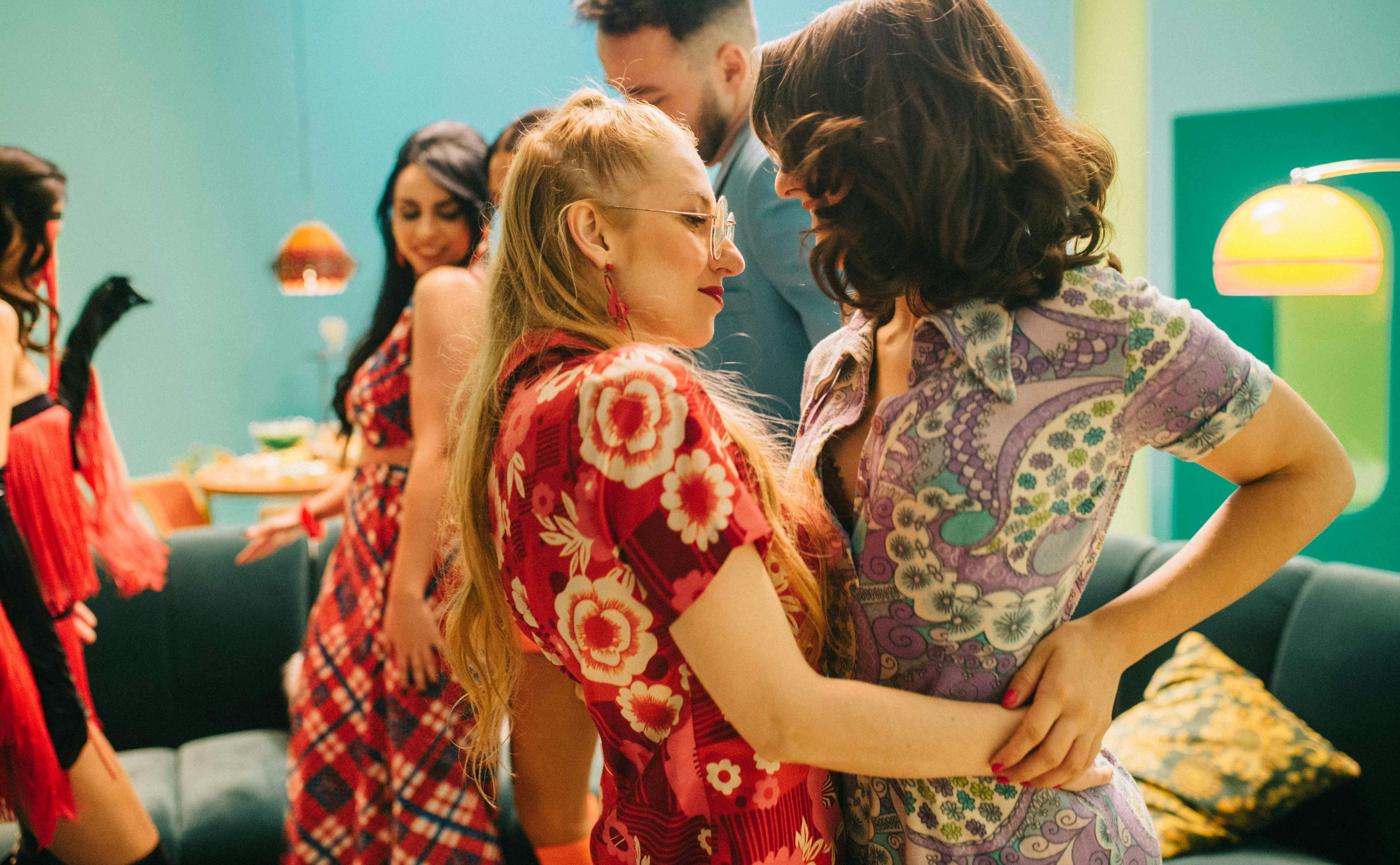
entertainment
A Decade of Erotic Cinema

entertainment
Going Down
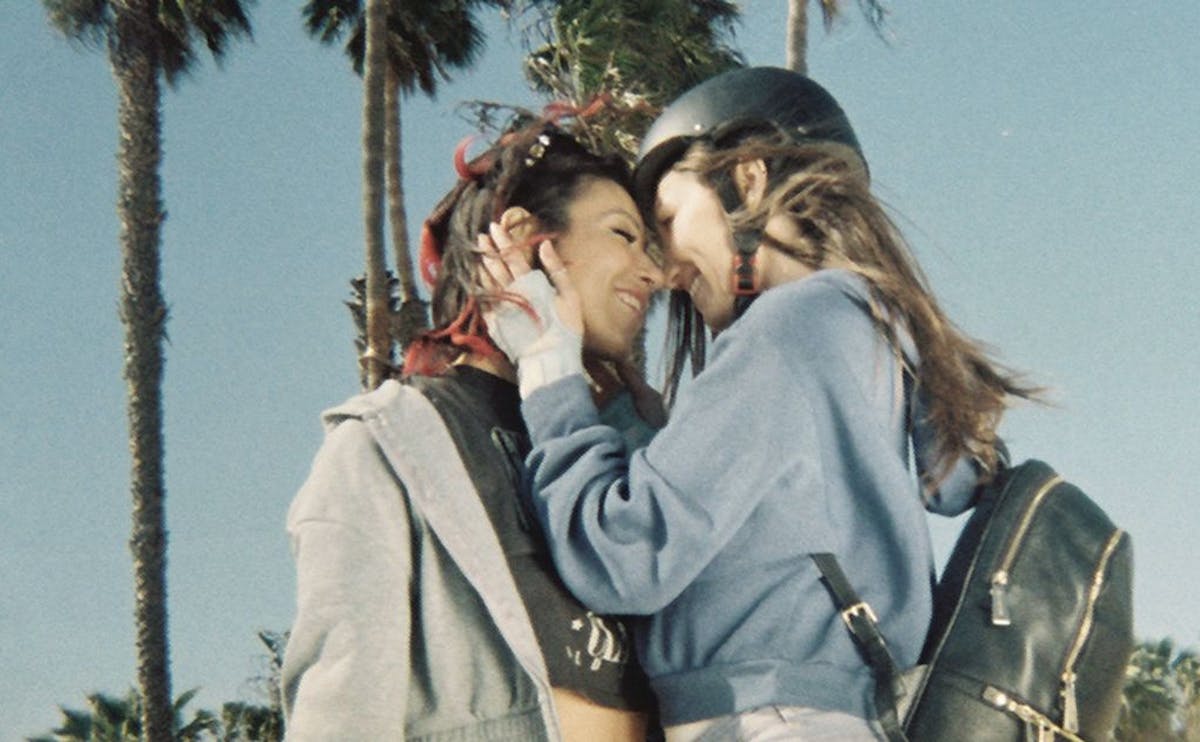
entertainment
Top 10 Lesbian Movies
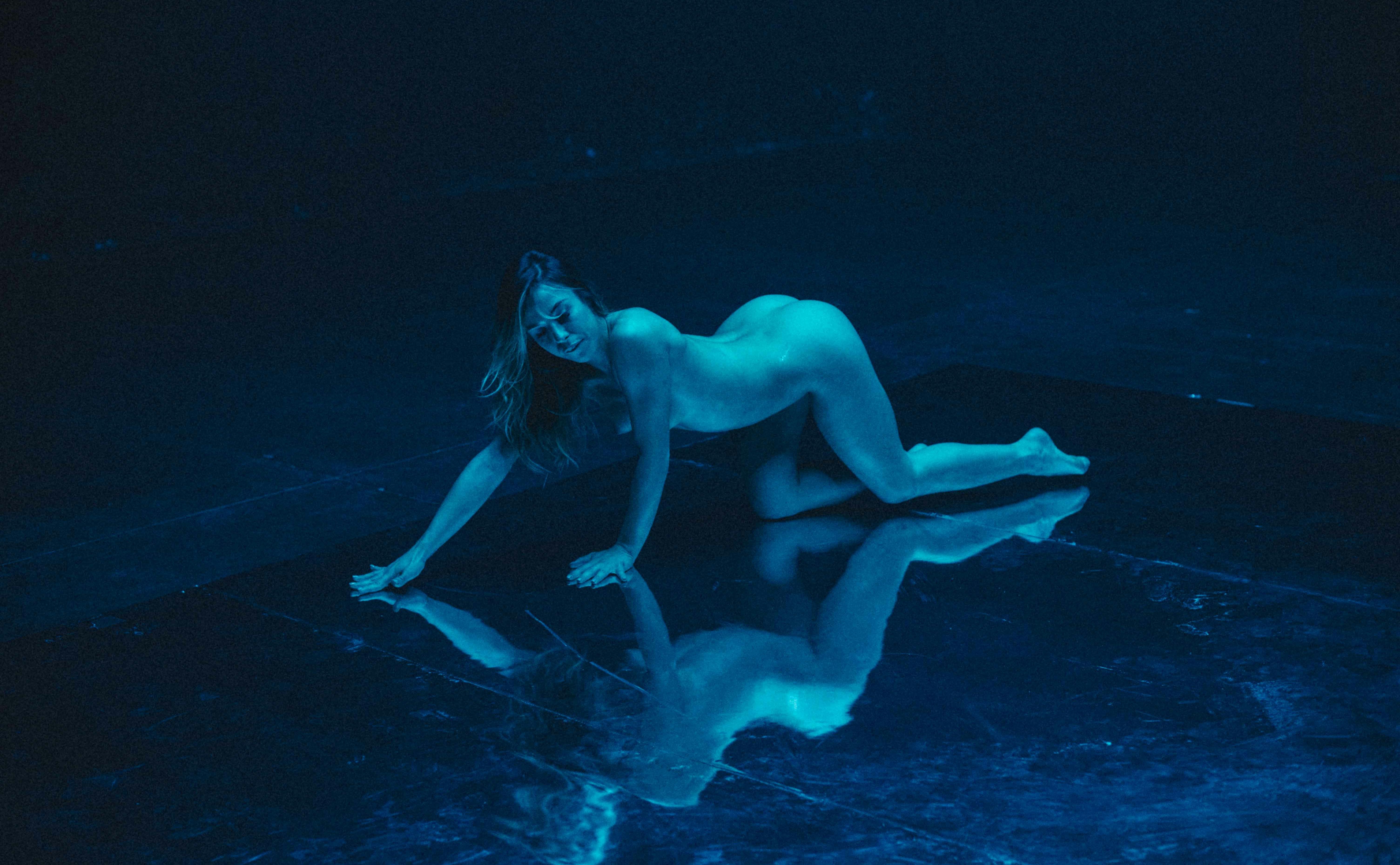
entertainment
Top Ten Anal Sex Movies

